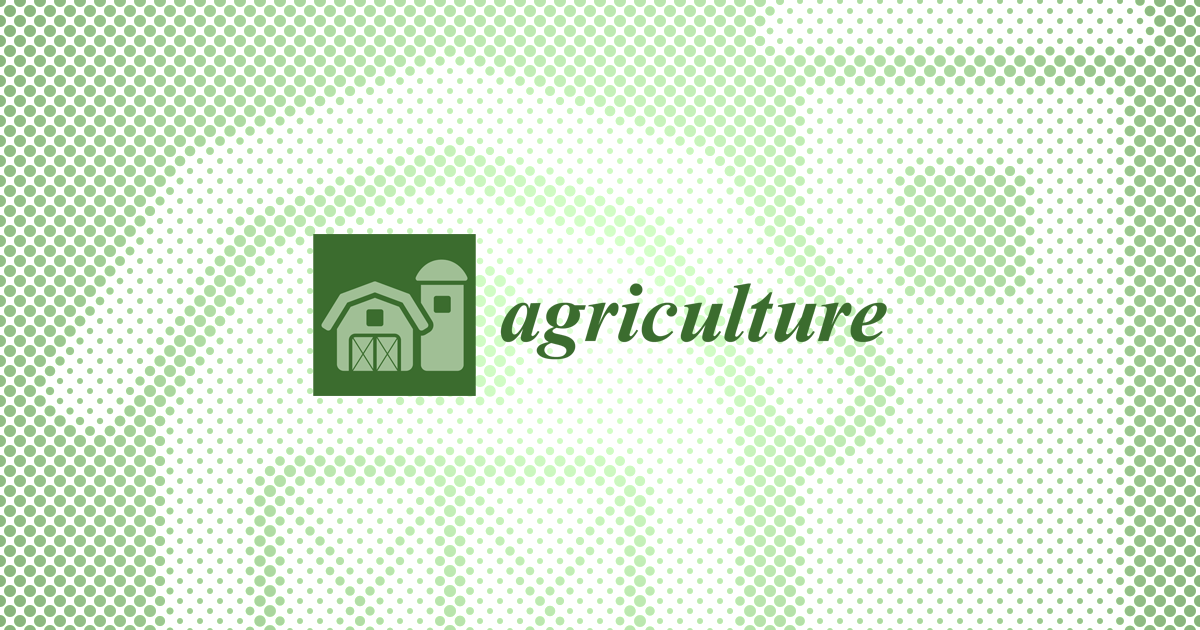This is an early access version, the complete PDF, HTML, and XML versions will be available soon.
Open AccessArticle
1
Academy of Agricultural Sciences, College of Resources and Environment, Southwest University, Chongqing 400716, China
2
Interdisciplinary Research Center for Agriculture Green Development in Yangtze River Basin, Southwest University, Chongqing 400716, China
*
Author to whom correspondence should be addressed.
Agriculture 2025, 15(4), 368; https://doi.org/10.3390/agriculture15040368 (registering DOI)
Submission received: 10 January 2025
/
Revised: 6 February 2025
/
Accepted: 7 February 2025
/
Published: 9 February 2025
Abstract
Magnesium (Mg) deficiency is increasingly recognized as a critical factor limiting crop production, especially in soils with high potassium (K) application. This study investigated the effects of different Mg fertilizers (MgSO4 and Mg(OH)2-based nanofertilizer) on K–Mg interactions in hydroponically grown tomato seedlings, with varying K (0.7, 7, and 21 mM) and Mg (0.1 and 1 mM) supply concentrations. The results observed with MgSO₄ application showed that high K levels (21 mM) significantly antagonized Mg uptake, reducing total Mg content and negatively affecting plant growth and root-to-shoot ratios at both Mg supply levels. Specifically, the K3 (21 mM) treatment reduced total biomass by 45.35% compared to the K2 (7 mM) treatment. Moreover, a high K supply combined with low Mg intake exacerbated Mg deficiency. The optimal K:Mg ratio for growth was found to be 7:1. K–Mg antagonism occurred primarily during root uptake, with excessive K leading to increased Mg2+ efflux in the root elongation zone. Notably, the application of Mg(OH)2 nanoparticles alleviated K-induced Mg deficiency, as indicated by the lack of a significant correlation between K supply and relative Mg concentrations in plants treated with nano-Mg across K:Mg ratios ranging from 7:0.1 to 21:0.1. However, Mg concentration decreased by 17.54% and 35.63% in shoots and by 27.72% and 37.08% in roots for K2 and K3, respectively, in plants treated with MgSO4. It is concluded that optimizing K:Mg ratios and using Mg-based nanofertilizers can improve K and Mg utilization in high-K soils.
Share and Cite
MDPI and ACS Style
Chen, W.; Hu, Z.; Liu, D.
Compared to MgSO4, the Use of Magnesium Nanofertilizer Alleviates Potassium-Magnesium Antagonism in Tomato Roots. Agriculture 2025, 15, 368.
https://doi.org/10.3390/agriculture15040368
Chen W, Hu Z, Liu D.
Compared to MgSO4, the Use of Magnesium Nanofertilizer Alleviates Potassium-Magnesium Antagonism in Tomato Roots. Agriculture. 2025; 15(4):368.
https://doi.org/10.3390/agriculture15040368
Chicago/Turabian Style
Chen, Wenhui, Ziyi Hu, and Dunyi Liu.
2025. “Compared to MgSO4, the Use of Magnesium Nanofertilizer Alleviates Potassium-Magnesium Antagonism in Tomato Roots” Agriculture 15, no. 4: 368.
https://doi.org/10.3390/agriculture15040368
APA Style
Chen, W., Hu, Z., & Liu, D.
(2025). Compared to MgSO4, the Use of Magnesium Nanofertilizer Alleviates Potassium-Magnesium Antagonism in Tomato Roots. Agriculture, 15(4), 368.
https://doi.org/10.3390/agriculture15040368
Article Metrics
Article metric data becomes available approximately 24 hours after publication online.
Source link
Wenhui Chen www.mdpi.com





